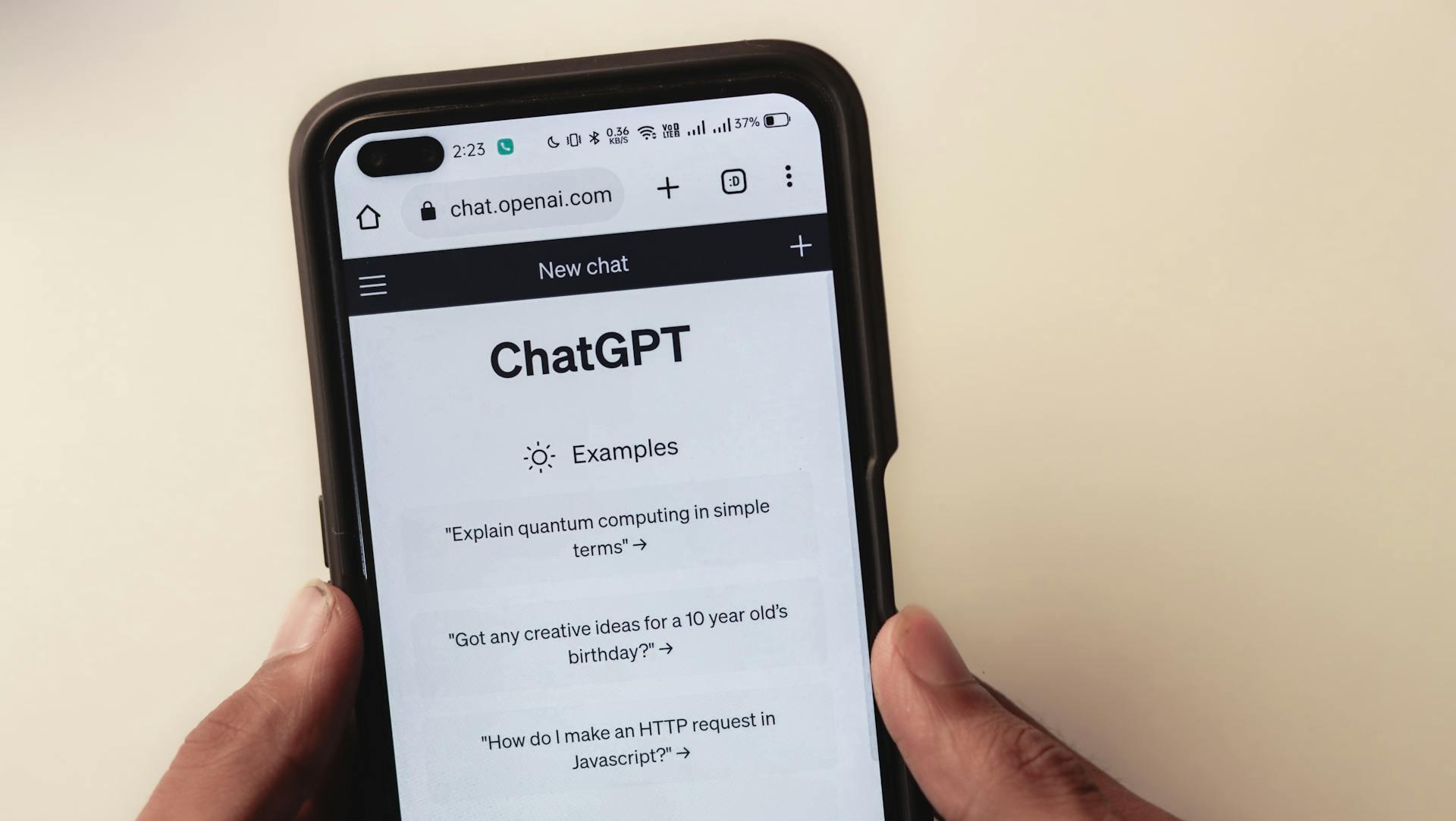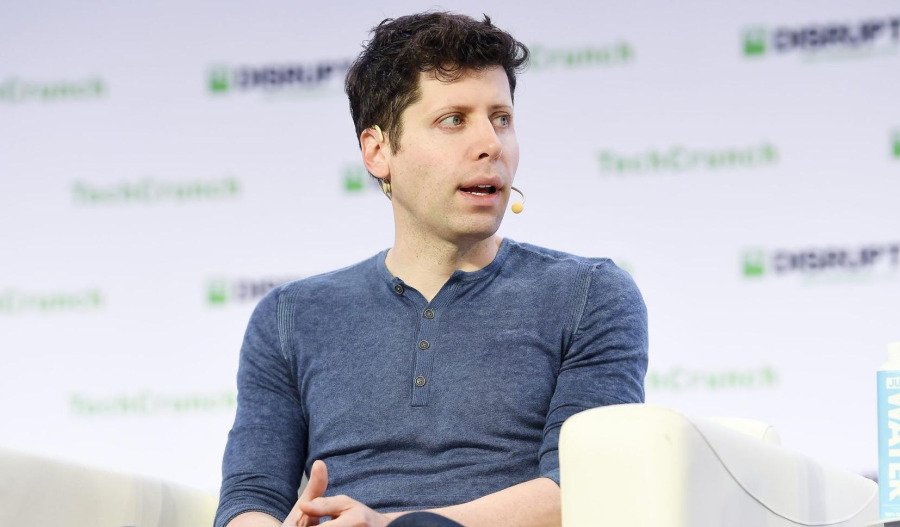OpenAI has launched its GPT-5 artificial intelligence models, which the company says include several new features but have still not reached its ideal benchmarks for intelligence.
GPT-5 is now available for free to all ChatGPT users, and has been integrated into Microsoft Copilot. According to OpenAI, GPT-5 includes fewer factual errors and is better at coding than previous models, being able to produce apps or websites from text prompts.
“GPT‑5 excels at writing, research, analysis, coding, and problem-solving. It delivers more accurate, professional responses and feels like collaborating with a smart, thoughtful colleague,” wrote OpenAI on the model’s release.
OpenAI CEO Sam Altman said that while GPT-5 was an improvement on previous models, it has not achieved the company’s goals for artificial general intelligence.
“This is not a model that continuously learns as it’s deployed from things it finds, which is something that, to me, feels like it should be part of AGI,” he said.
The model was released alongside the faster variant GPT-5-mini, which can also be used for free. GPT-5-pro and GPT-5-thinking, more powerful models, are available to paid subscribers.
According to OpenAI, GPT-5’s responses are 45% less likely to include a factual error than GPT-4o, with online searches enabled.
Unlike previous models, GPT-5 automatically switches between more and less powerful models depending on user queries. However, this feature was broken for much of Thursday’s initial launch, with many users reporting errors. Altman said “the result was GPT-5 seemed way dumber”.
While older AI models were originally removed from ChatGPT upon GPT-5’s release, Altman said the company would restore its GPT-4o model for paid subscribers. Users could previously choose from models like GPT-4o, GPT-4.1, and GPT-4.5.
OpenAI has not provided data on GPT-5’s average energy consumption, but a medium-length response could consume more than 18 watt-hours, according to University of Rhode Island AI lab researchers. This would be higher than all other measured AI models other than OpenAI’s o3 and DeepSeek’s R1.
Related content



